Environmental Resources (ERA)
Con Edison Environmental Operations
Improve transparency of the flush request life cycle by transforming the end to end digital experience by enforcing Environmental Operations’ standards for flush to drive down the need for unwarranted flush requests.

A crew goes to perform work in a structure. When they arrive, the crew makes an assessment as to whether a flush is required to complete the task. When it is, they request a flush and either wait until flush arrives, or they stop the job and return another day once a flush can be performed. If the latter is chosen, there are no SLAs for flush completions so a successful reschedule can take weeks or months.
Opportunity:
Introduce standardized guidelines for a flush request that will reduce false starts, flush delays and re-flushes.
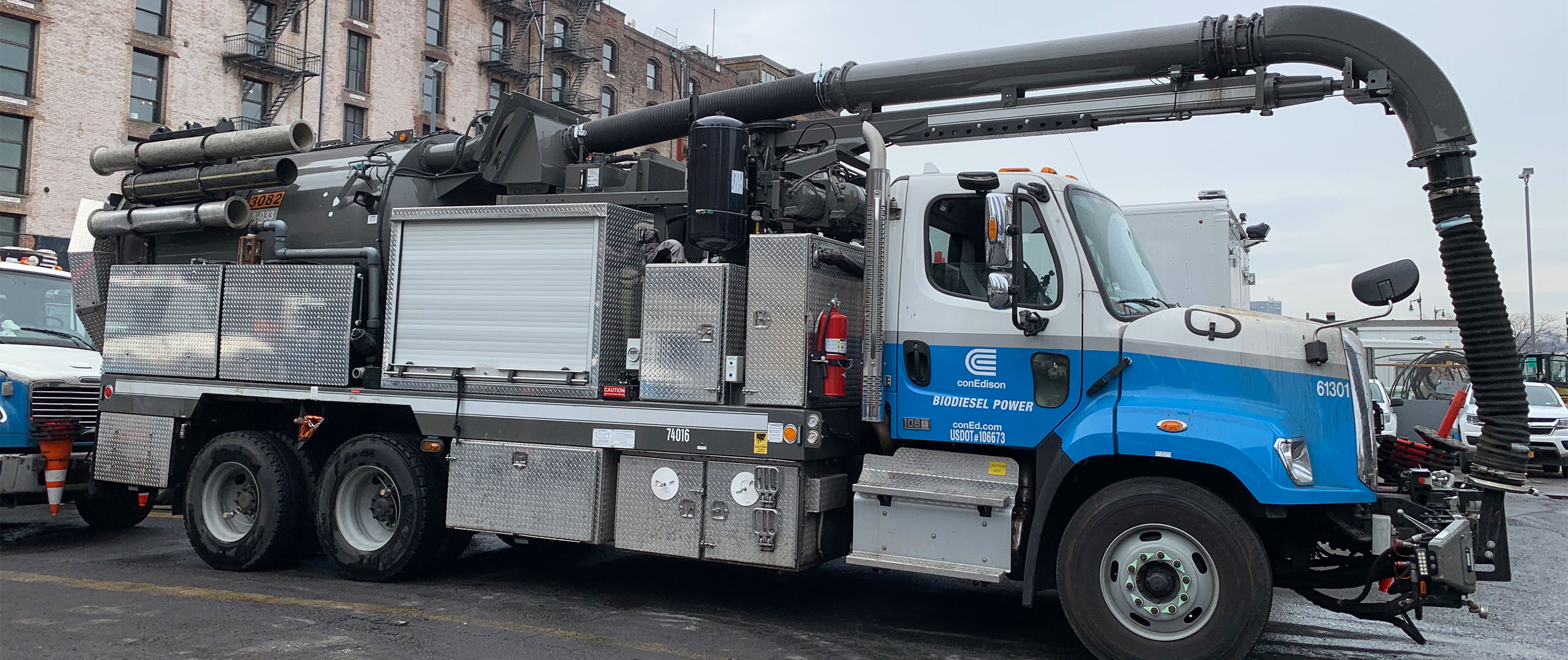
Understand and document the current state
Discovery work was done to understand and document the current state. The Product Owner and I interviewed stakeholders, SMEs and end users across the different boroughs from multiple perspectives such as flush crews and their managers and work organizers plus the customers of flush including crews needing a flush, supervisors, work origin and clerical workers.
By synthesizing commonalities in our research we arrived at our key areas to solve around as well as who is impacted along the process.
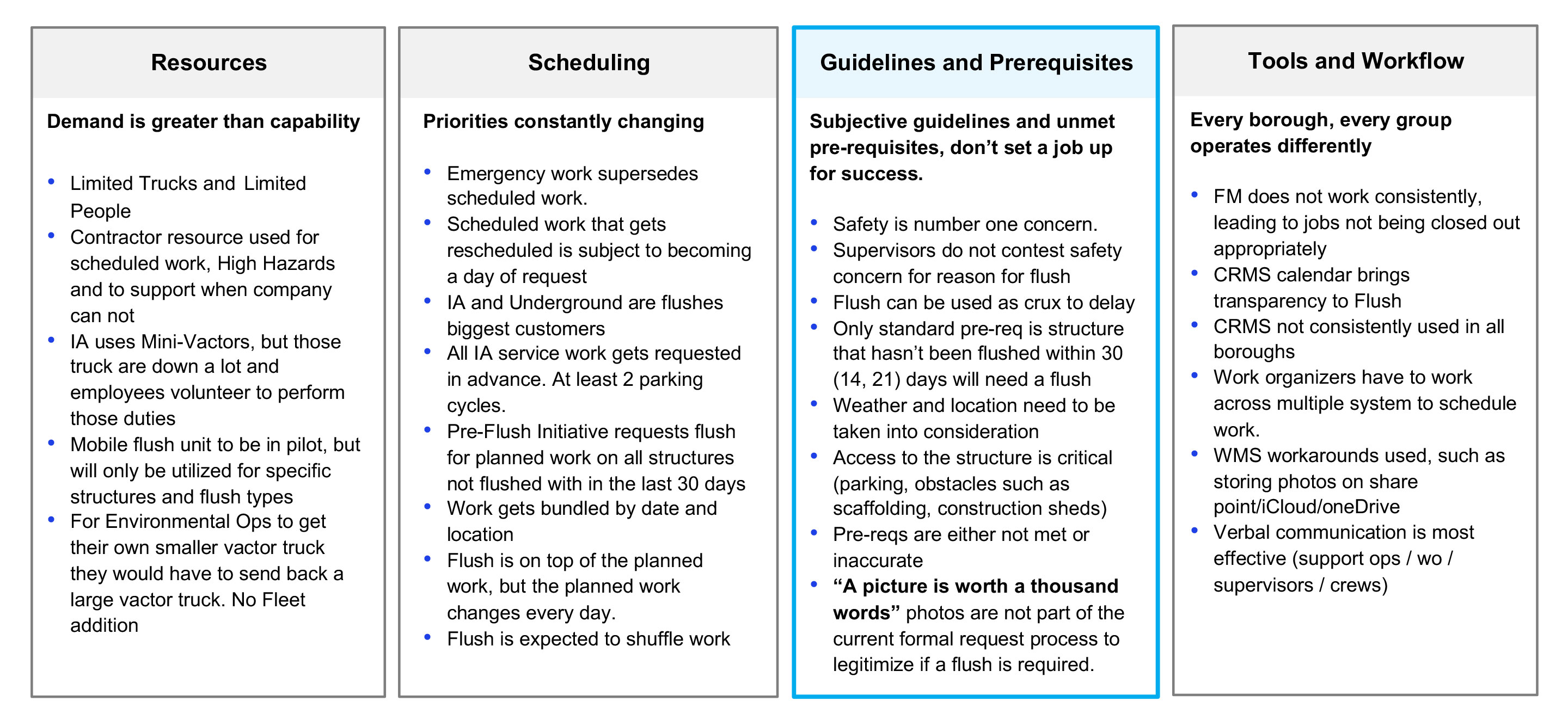
Environmental Operations is a critical support function of all underground structure work. With the high volume in work and organizations it supports, resources are stretched beyond capability. To try to fill the gap, some organizations utilize mini-vactors to ‘self-flush structure when they are able to. Other groups have initiated proofs of mobile flush units to fulfill the high demand of flushing structures.
Throughout the interview process, the Product Owner and I talked with 30 plus individuals across multiple organizations in the company. Six key users, or personas, stood out as having the greatest impact in the flush journey.
These individual roles, fell into 2 critical groups. One was the Environmental operations group consisting of flush work organizers, crew supervisors and the flush mechanics. The Second group are the customers of the flush, or the groups that would be in need of and requesting a flush for a structure. This group also consists of work organizers as well as clerical support and construction mechanics.

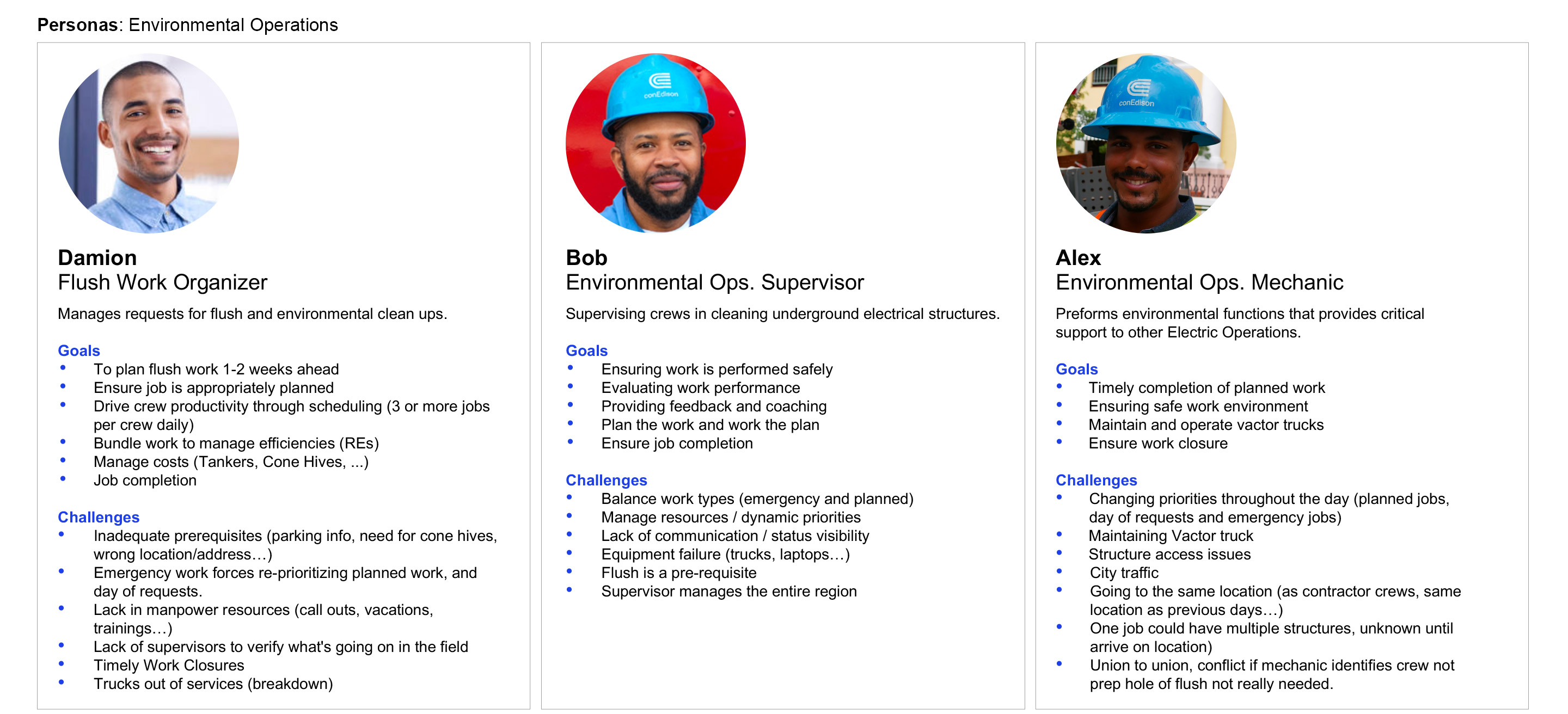
Insights gathered from interviews with stakeholders, SMEs and end users help us understand and map out the current processes for a flush request from the perspective of our personas.
Flush has three unique avenues to requesting a flush that needed to be fully understood. Pre-scheduled work, emergency work and day of flush requests. By mapping out the current process, we also mapped out specific pain points along the journey as well as supporting activities. The major pain points stood out at the target areas to uncover opportunities to solve around.

The Vision Workshop is where some of the key stakeholders, SME’s and end users come together with some folks from the working team to validate the current journeys and personas and to begin brainstorming on what the future of the flush process could look like.
To brainstorm for the future, the group came up with as many How Might We staments as possible. Then the group presented their statements, discussed, synthesized and voted.
This exercise led us to 2 areas of opportunities to further explore and concept a future journey for. Job Scope and Prerequisites as one area and Visibility and Communication as the second area.
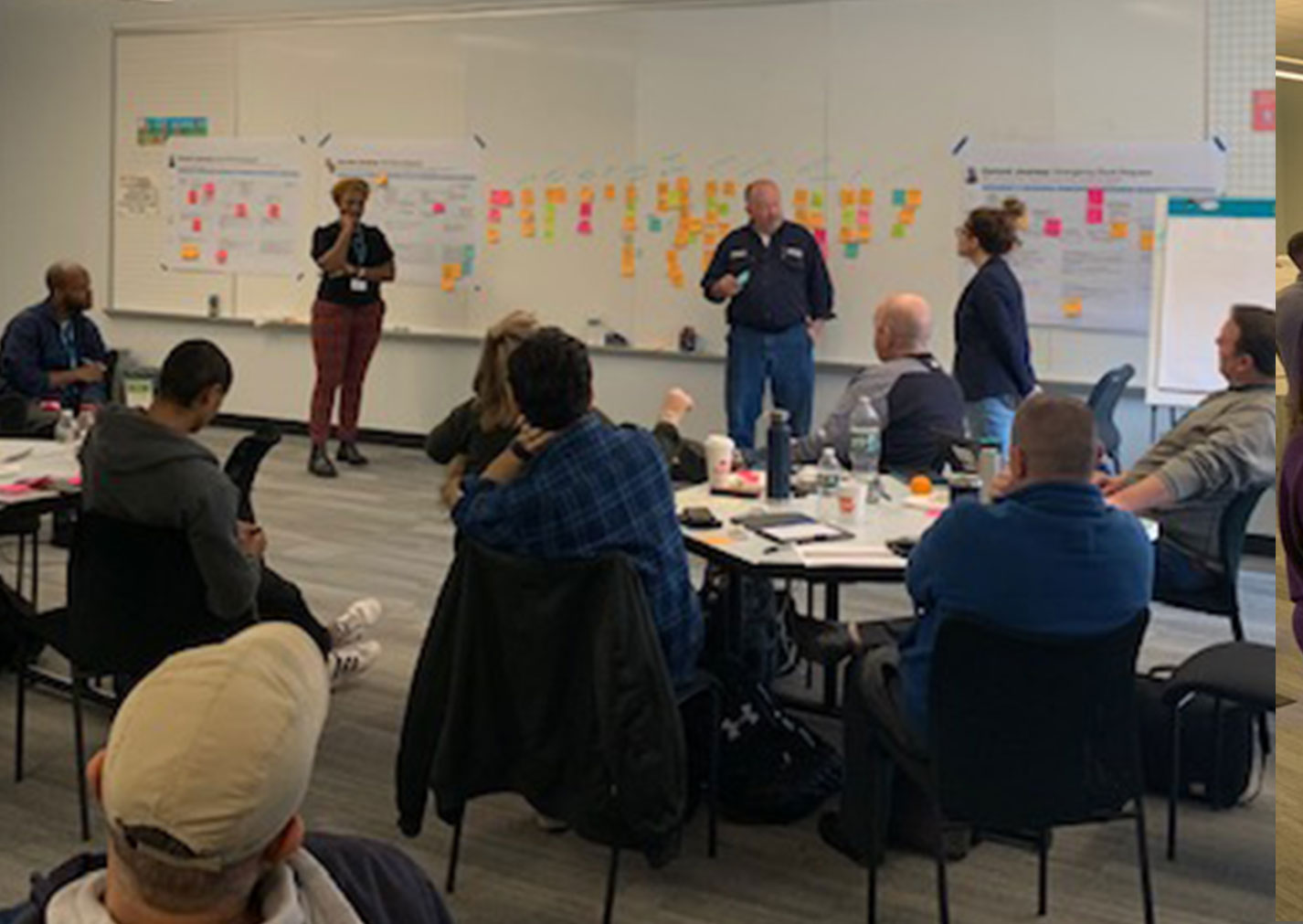
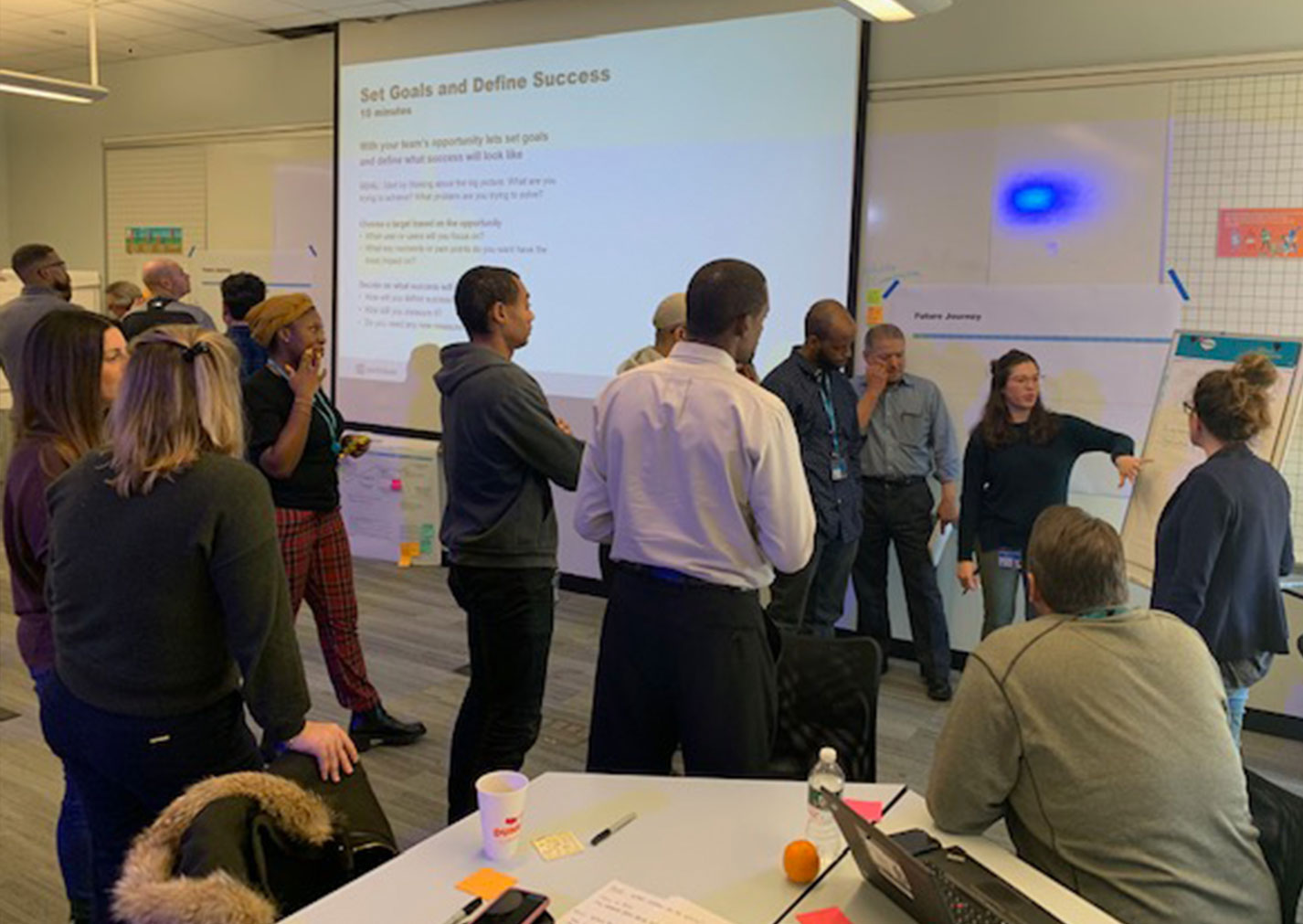
After the Vision workshop the working team came together to discus and further brainstorm on how to solve for the areas defined in the vision workshop and identify scope for a product MVP.
During the sprint, the team sketched, presented and voted around various ideas.
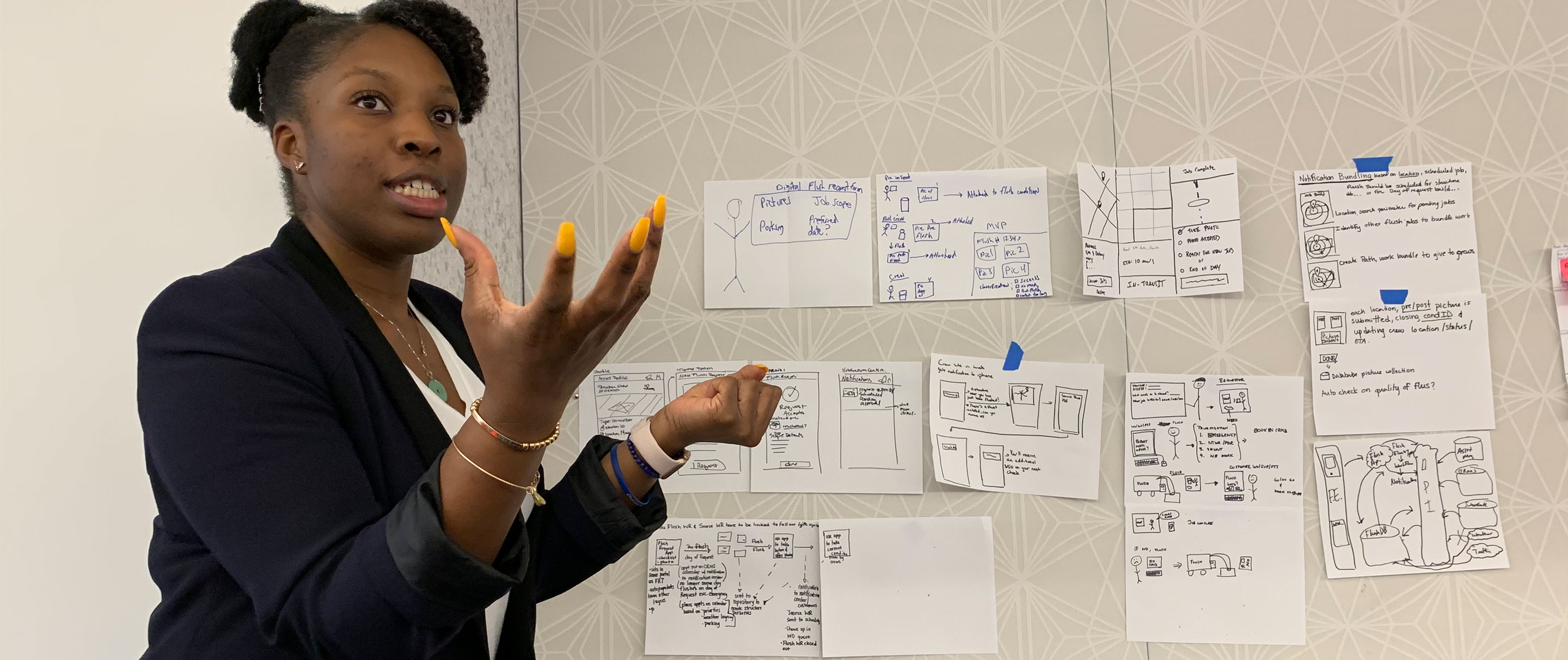
Further synthesis was done after the workshop and sprint to define the future journey and the personas impacted throughout the process. High Level epics and features where scoped out and mapped to potential value for the business.
The first epic defined was Data Empowered Flush Request which would enable the flush request process to capture the true needs and urgency of a job accurately.
The second epic was Flush Photo Capability. “A picture is worth a thousand words” is what one work organizer said in our interviews. Many groups across the company have workarounds using non-company tools to capture photos. Capturing photos of the structure within the request process, automate delivery and documentation will allow crews to be prepared, better organized as well as understand structure conditions so the company may make better predictions on needs in the future.
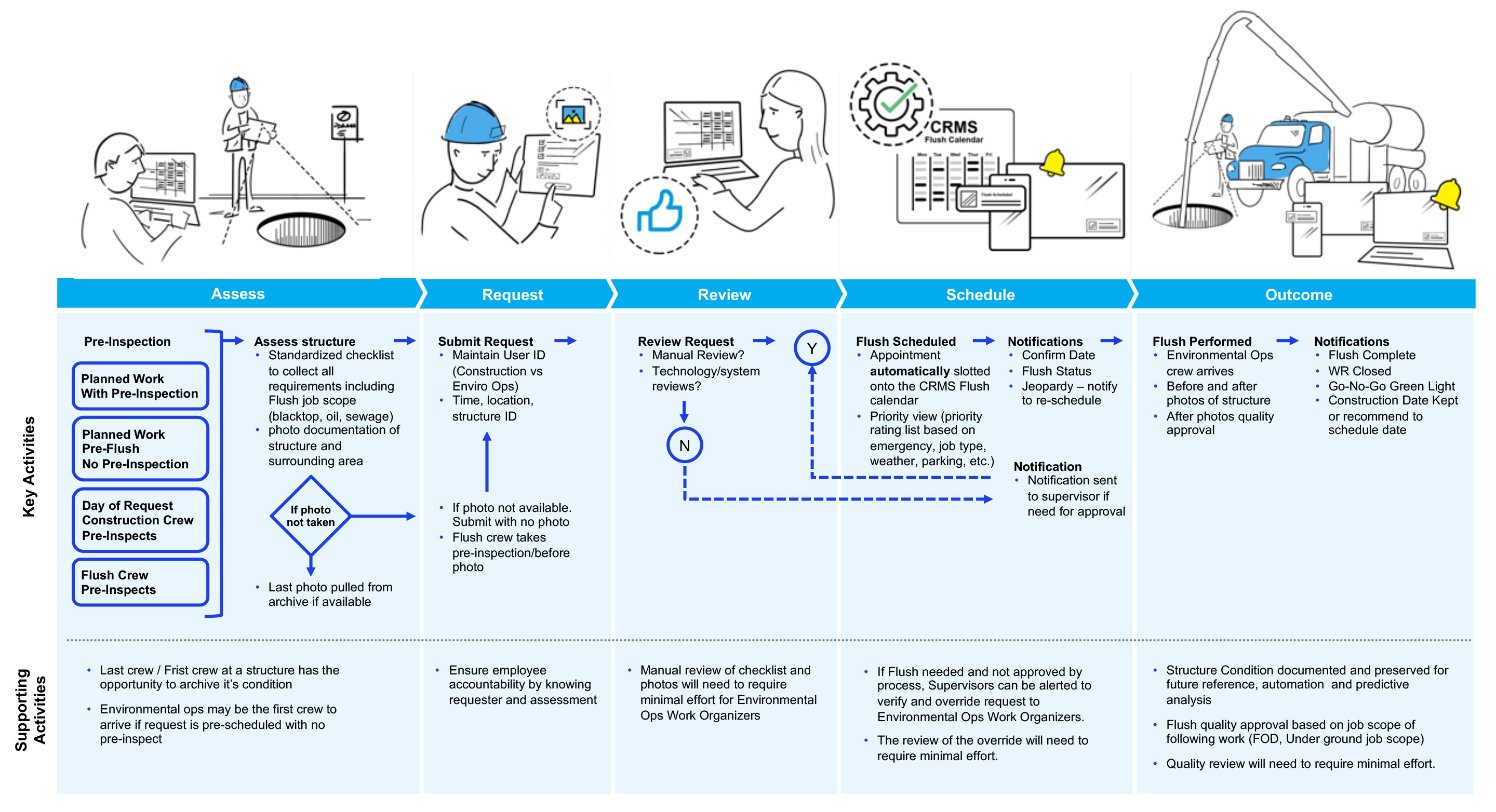
Sketches of potential solution of the application can be quickly iterated on. In these sketches, I focused on what was in scope for MVP, Data empowered flush and photo capabilities. I sketched as many different concepts as possible and worked with the product team to vet those ideas before narrowing in on a potential solution.

Working through and defining the flow of the end to end process of the application is ket to ensuring that the solution is feasible. I worked with the Product Owner to identify the different paths a user may take and what other systems our tool interacts with during the process.

After iterating on ideas and collaboration with the team in sketch form, I then moved into wireframe format. While designing the wireframes of the application, I focused on the content, interactions and simplistic purpose of the main features of the tool. Working in this low fidelity format allowed me communicate ideas with the team and stakeholders, pivot on ideas quickly and test with end users.

Test early and test often.
Each week user testing was conducted with Flush and Electric Mechanics to ensure we were solving the problem the right way. Usability testing began at the wireframe stage, utilizing Invision prototyping tools to test the experience with end users.
During the pandemic, we utilized Microsoft Teams to conduct the usability test with crews to gain valuable feedback to base design decisions on in the next iteration of the experience.
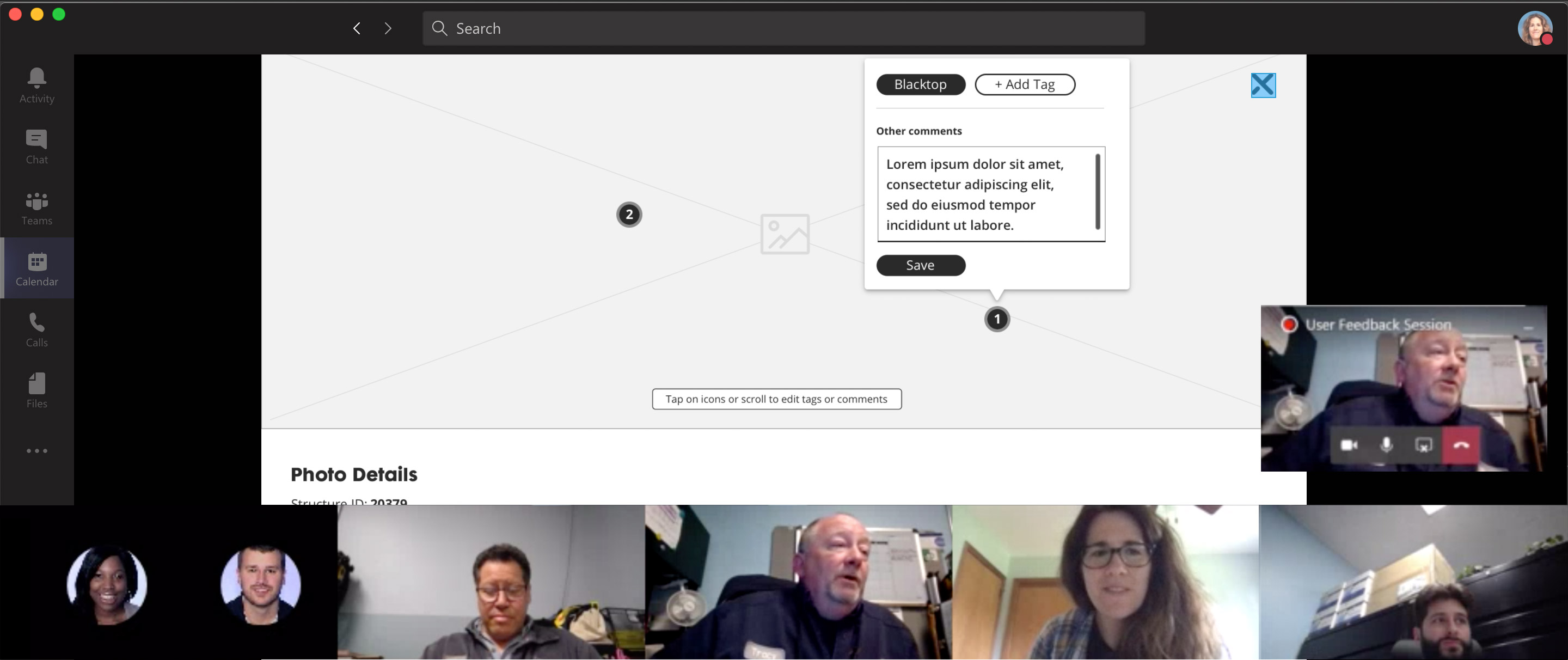
Prototyping the experience allowed for easy communication and collaborations with the product owner, developers, and key stakeholders to fully imagine the expected experience.
Design QA consisted of heuristically testing the coded experience end to end and comparing it to the intended designs and interactions. Inconsistencies were documented and corrected in collaboration with the development team.

With the role out of the application, the product team cares for the training and adoption of the new tool. To scale up adoption of the tool, the team trains Super Users to help train crews at scale to use the tool in the field when requesting and fielding flush requests.
Super users consist of supervisions and crew leads to test the experience, provide feedback and understand the tool to educate other crew members.
I worked with the Product owner to created several pieces of training material such as step by step slide presentations and detailed walkthrough videos that may also be re-watched with easy access from within the tool itself.
Role Out
The ERA product aims to reduce spend and drive down miscellaneous flush demand through increased transparency and enforcement of flush standards.
What does the app do?
Structure Photos will help accurately identify structure needs and conditions to better understand flush scope of work.
Improve transparency with requesting department for better awareness of structure conditions.
Notifications are sent to customers with the images of the structure to help ensure that structures will be worked in a timely manner, decreasing the likelihood of re-flushes.
Targeted savings are expected from the first iteration of the tool include Flush false start savings and Re-flush savings as well as decreasing demand by
To increase excitement and awareness for the tool, I created and engagement video to be circulated amoung executives, management and end users as the team works towards their launch date.
Product Owner: Asiah Charles
Product Design Lead, Product Designer: Julia Murphy
Tech Lead: Demetrius Powers
Developers: Saatwick Gilakattula, Steven Barrios, Deniz Burduoglu